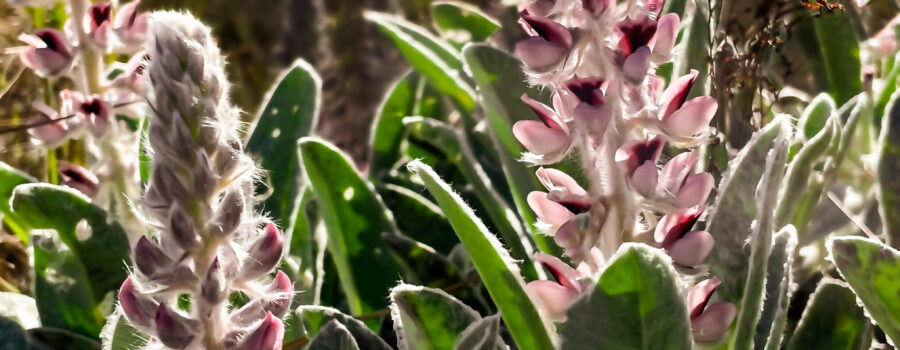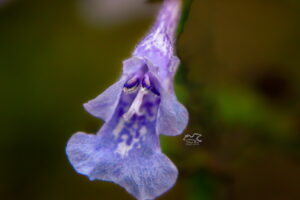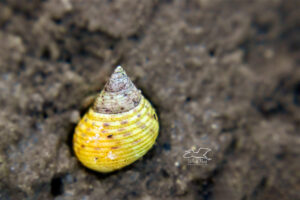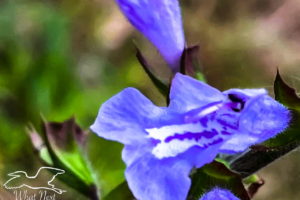Wonderful Pink Lady Lupine is Best Appreciated in Nature

Sometimes I really wonder about myself. Much of the time I think my journey into photography has helped me to be more alert and see more things in detail. Then I do something really nuts and I have to wonder. A couple of weeks ago, while out for a hike I totally missed a good sized spread of lady lupine (Lupinus villosus) growing at the top of the trail. I was climbing a fairly steep hill and the sand was dry, so I was watching my footing (or at least that’s my excuse). I had already decided that I would head back when I topped the hill, so when I turned around, there it was about two feet wide with bright pink flower spikes going up about one foot. Needless to say, I felt more than a little silly for missing it on the way up, but I was also glad I caught it on the way back.

Lady lupine is also frequently called hairy lupine, or pink sandhill lupine and grows from South Carolina south into northern central Florida. It grows exclusively in the sandhills habitat and has an interesting lifecycle. It’s a perennial that takes three years to fully mature. In its first year it works on growing its fuzzy leaves and beginning to spread. In the second year it may produce some flowers, but not many. Finally, in the third year it flowers profusely, produces plenty of seeds, and then dies in the fall. Based on that, this plant must have been in its third year. Interestingly, it’s an evergreen, and is very drought tolerant. Lupines are members of the pea family (Fabaceae) as you can probably guess by it’s two petaled flowers.

As stated earlier, lady lupine is very drought tolerant and it manages that by having a very long taproot. That taproot has a few consequences, though. First, the plant cannot grow except in sandy, well drained soil. If water stands around it for any length of time, it tends to develop mildew problems. Second, it’s nearly impossible to transplant. The plant will not survive if dug up unless the whole taproot is gotten. Then it must be placed in sandy soil with plenty of direct sunlight. Even then, most lady lupines don’t take well to being moved, and some researchers suspect that the roots may also require a certain type of fungus in the soil, too. Some people have had limited luck growing them from seeds, but even though they are gorgeous, they rarely do well in gardens. For that reason, most gardeners recommend that this plant be enjoyed in nature and not grown as an ornamental.





Recent Comments